| Howdy y’all! I’m in Austin, Texas at the moment – Matt and I set up our SXSW Create computer lab yesterday and now we’re couple of hours away from the doors opening, so I thought I’d tell you all about the new DOTS project we’re trialling here. 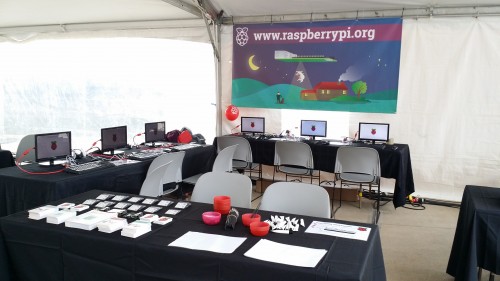 Our SXSW computer lab – all came out of only two flight cases! DOTSIf you’ve been following me on twitter you might have spotted the DOTS board I’ve been working on. 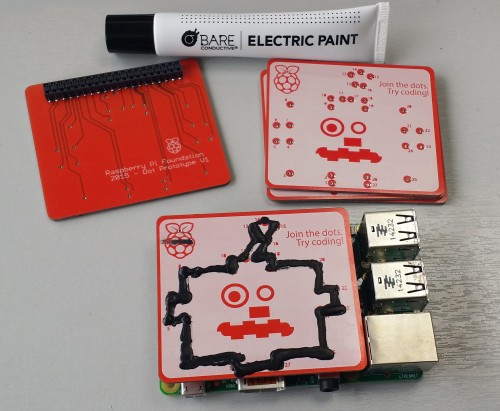 First Prototype 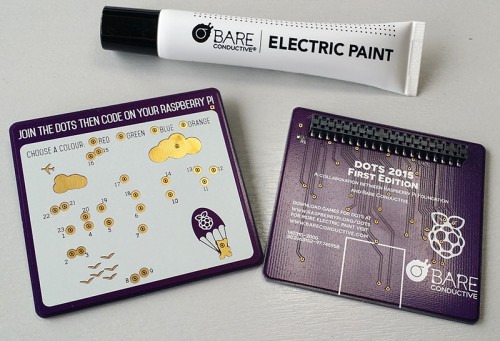 Final version – DOTS 2015 – First Edition. A collaboration between Raspberry Pi Foundation and Bare Conductive
Inspiration and Bare ConductiveIn preparation for SXSW I was thinking a lot about using PCBs as a creative and interactive medium – I was also interested in developing ways to play with circuits at events that didn’t involve lots of wires (that get lost) or soldering (that you often need extra permission for). It just so happened that the lovely Matt Johnson from Bare Conductive came to visit Pi Towers and we had a lot of pizza and talked about Raspberry Pi HATs. After about an hour of talking about cake, we had a brainwave and came up with the idea of a Dot to Dot board. 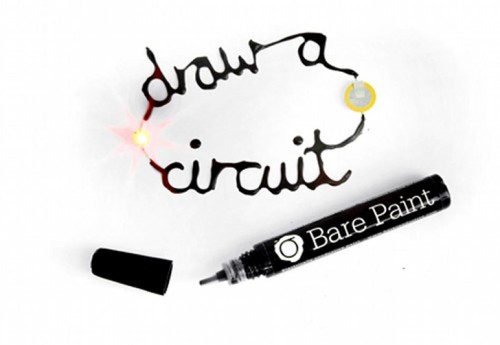 Bare Conductive is an conductive paint
Bare Conductive is an conductive paint – so it’s prefect, we can make circuits without the wires! Designing the DOTS boardI used EAGLE Freeware to design the board – this meant I could design a prototype 2 layer board at HAT size without having to sign up for a licence. I personally found Eagle the easiest PCB software to get started with – Particularly because there are lots of community-generated libraries available like Pimoroni’s EAGLE Library. EAGLE already has a very strong following in the open source hardware space and I would keep a close eye on them in the coming months. 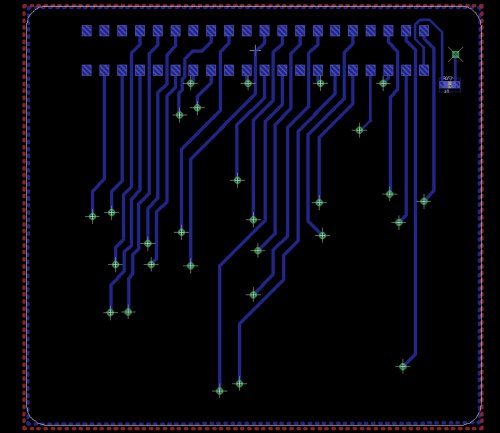 Farnell have very kindly donated some Professional licences to the Foundation so we could make the DOTS board in a commercially if we ever wanted to. Ok ok, the eagle-eyed of you will already have noticed.. I admit it, I kinda cheated at Connect the Dots. I wanted to make sure that people could make a circuit, so for this version I broke out the GPIO pins and designed a pad that exposed some ground plane – This meant that all people have to do is blob some paint all over the pad and it would make a circuit. I will be uploading my Eagle files in the DOTS Github folder here as soon as I get back to the UK – Hack it and let me know how it goes :) Making the DOTS boardI have been working with Stacey and Connor at Ragworm to get the boards made in time for SXSW. This is the first time I’ve ever had a board assembled for me – thankfully there is only two components on the board; the GPIO header and one resistor. Stacey sent over some photos of the assembly process:
Software and Developer GiveawayFor SXSW Ben made some test code and Eben some Pygame code – thanks Ben & Eben! You can actually install this on your Pi today: Python 3: sudo apt-get install python3-pip sudo pip-3.2 install rpi_dots Python 2: sudo apt-get install python-pip sudo pip install rpi_dots Usage: Run from the command line: sudo rpi_dots But I have more – I am going to be giving away 50 boards and 50 tubes of Bare Conductive to BETA testers. I’m interested in developers who would like to have a go at making some software to work with this board. I will welcome feedback on the hardware and will share future aspirations for the board as well as feedback I get from events. I hope to produce a set of boards this year for different age groups and themes – so come get involved! :) Apply for the Dev Giveaway here. SXSWWe are super excited about trying the board out at SXSW – I will report back with what we think worked and what didn’t. If you are visiting SXSW make sure you come say hello :) 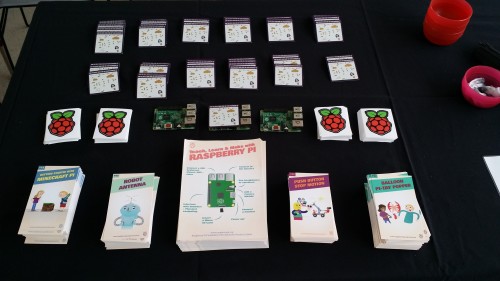 Recipe cards, stickers and DOT boards 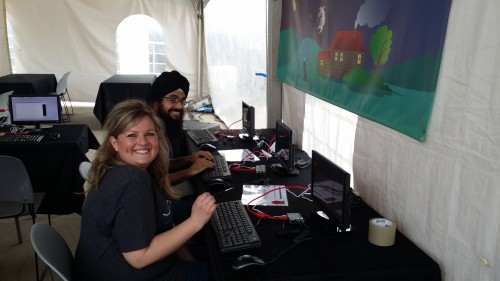 We have even had our first participants during the set up. Folks from Photonelephant.com – An operating System for 3D printers built on top of Raspberry Pi with Raspbian! |
A Semi-automated Technology Roundup Provided by Linebaugh Public Library IT Staff | techblog.linebaugh.org
Friday, March 13, 2015
Dots Board – Developer Giveaway!
Subscribe to:
Post Comments (Atom)
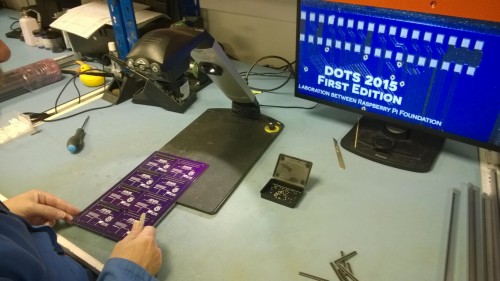
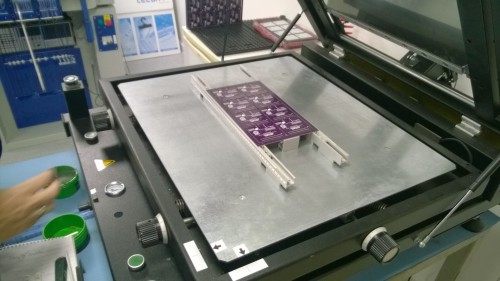
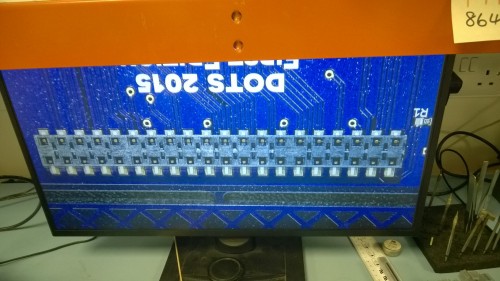
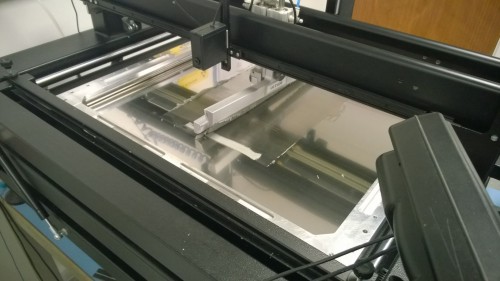
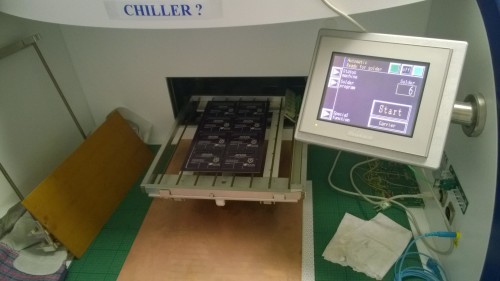
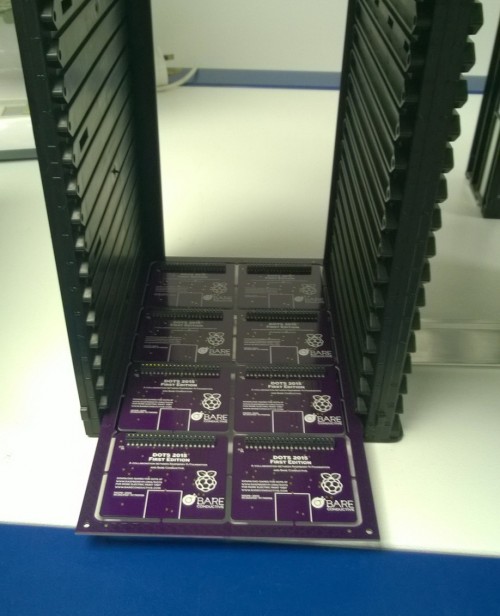
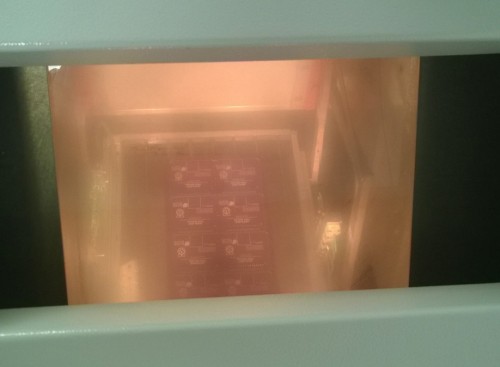
No comments:
Post a Comment